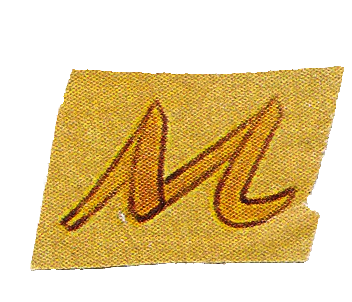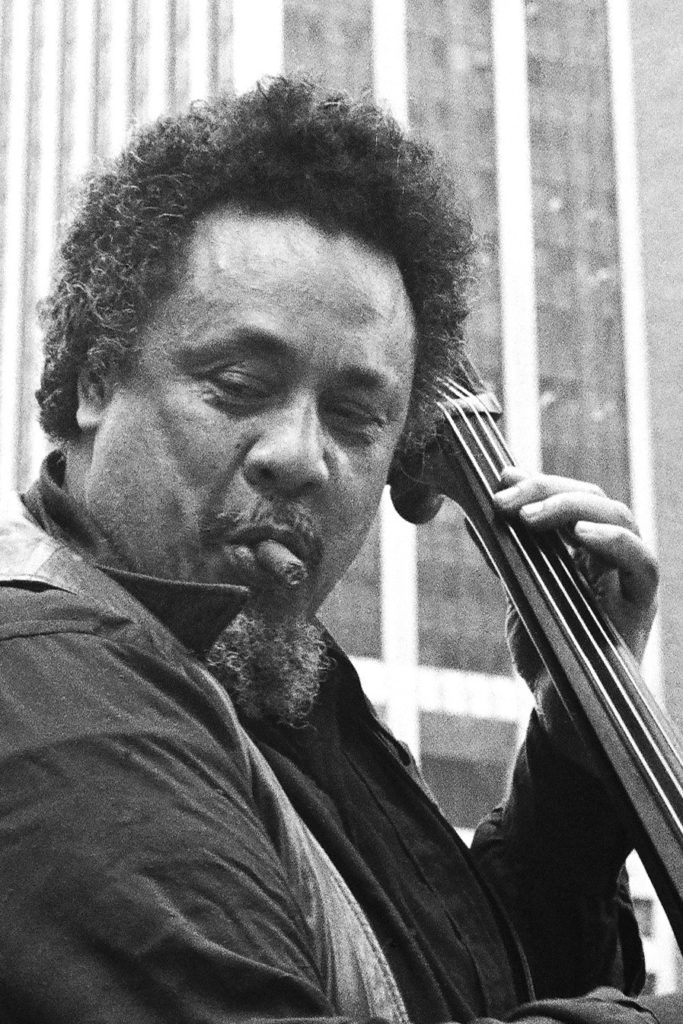 any great jazz musicians have enjoyed fame and success in Paris. Charles Mingus, the great bass player and jazz composer, was one of them. In LA, where I was recently visiting, I came upon a book written by his wife, Sue Mingus, called Tonight at Noon, presumably after the title of one of Mingus’ own albums by that name. Sue Mingus traces a tumultuous courtship and the devastating demise of Mingus’s health due to Lou Gehrig’s disease.
any great jazz musicians have enjoyed fame and success in Paris. Charles Mingus, the great bass player and jazz composer, was one of them. In LA, where I was recently visiting, I came upon a book written by his wife, Sue Mingus, called Tonight at Noon, presumably after the title of one of Mingus’ own albums by that name. Sue Mingus traces a tumultuous courtship and the devastating demise of Mingus’s health due to Lou Gehrig’s disease.

WHO IS MINGUS?
Wikipedia, who is not prone to exaggeration (always), says this: “A major proponent of collective improvisation, he is considered to be one of the greatest jazz musicians and composers in history.” I’m like, in history? Well, then, the Godot readers gotta know about this!
Mingus was born in 1922, in Nogales, Arizona, and died in 1979 in Mexico, in a larger than life, ridiculous, terrible, apparently Mingus kind of way. When his health was really failing, Sue and Charles had hooked up with a woman rumored to be a healer or a witch in Mexico, who “operated” on Mingus without drawing blood or leaving a scar. Mingus’ son put ketchup on the bandage just in case the placebo effect kicked in. He was prescribed manure on open wounds! They bounced around Mexico in a van which had Mingus’ wheelchair rigged up so the brave (read foolish?) musician wouldn’t fall out. In this they had a lot of fun. The disease, unfortunately, triumphed.
MUSIC
His wife’s account was more about their personal connection and some of the far-fetched things that Mingus did. And not as much about the music as I wanted to know. For example, the album, Let My Children Hear Music, was his personal favorite. He was awarded a grammy not for the album, but for the liner notes! Imagine how he felt about that. “For my liner notes, and not my music?” Here’s something from that album.
OVERVIEW
So I did a little digging and here’s the briefest of overviews. This gives context for the achievements of Mingus. First of all, here’s a list of jazz legends, which somehow don’t include Mingus. (Mingus hated these polls. He said that nobody asks, “Who’s the greater violinist, Menuhin or Perelman?” In his mind, the polls pick somebody and pit the rest of the black community against each other.) I did look anyway at a bunch of best of jazz musicians, and some did have Mingus at the top. Enfin bref, here is a quick jazz overview, chosen because of the music attached.
Now, Mingus played with saxophonist Charlie Parker. You may have heard Parker referred to as Bird. Well, Parker was a musician’s musician, even though he died at 34. Mingus released an album he called pre-Bird, just to show you the impact Parker had. Bird had a great influence, not only on saxophonists but on a lot of musicians, even contemporary drummers and rappers. If you have a few minutes, it’s all here.

Porkpie Ht
GOODBYE PORKPIE HAT
Let’s situate Mingus first before he gets to France. Some argue that Mingus Ah Um, his album released in that magical year of 1959, is pure genius. And “Goodbye Porkpie Hat,” is a tribute to Lester Young, a saxophonist who wore large hats, and who had died recently. Young had an influence on Parker and on Mingus as well.
1959
Reader: Now that I know a bit about jazz, let me ask what happened in 1959 to make it a magical year.
Me: Well, besides the Mingus, with Mingus Ah Um, Miles Davis, the great trumpeter, released Kind of Blue, Ornette Coleman, the saxophonist, released The Shape of Jazz to Come, and John Coltrane, on the sax, recorded Giant Steps. Now Miles Davis relaxed his instance on chords and worked with something called modes instead. Here is review of Kind of Blue by Stephen Erlewine “Why does Kind of Blue possess such a mystique? Perhaps because this music never flaunts its genius. … It’s the pinnacle of modal jazz — tonality and solos build from the overall key, not chord changes, giving the music a subtly shifting quality.”
Ornette Coleman, on the other hand, in The Shape of Jazz to Come, went off into the opposite extreme, focusing on free jazz.
Saxophonist John Coltrane’s Giant Steps is considered one of the most influential albums of all time, offering chordal improvisation to the extreme.
And guess what, Dear Reader, there are indeed other greats from that year for the jazz aficionados out there!
https://jazzfuel.com/1959-the-year-that-changed-jazz/
FINALLY, PARIS
Here is a Charles Mingus release from 1996! The live album, called Revenge!, took material from a superb concert in 1964 in Paris at the Salle Wagram and legitimately released it in 1996. Why release it in 1996? The answer: It was the bootleg problem. Mingus and his band would tour cities in Europe, and people would just record them as they went and then sell the tapes. After Mingus died, his wife, Sue, created a label she called Revenge to undersell the bootleggers and drive them out of business.

A little bit of Paris background:
https://www.charlesmingus.com/sue-mingus/revenge
Now, two days later, another live album was recorded in Paris, called The Great Concert of Charles Mingus, at the Théâtres des Champs Elysées. Mingus burned hot, that’s for sure!
GODOT OR WAITING FOR THE BLUE SKY
One of the songs performed in Paris is called “Peggy’s Blue Skylight.” From his liner notes, it appears that a friend of Mingus’ in New York wanted to replace her skylight with blue plastic from the shield of a fighter plane, so the sky would be blue all the time. The government wouldn’t let her do it. Why would the government interfere with a blue sky? So we could continue waiting for it, of course! The entire state of New York is usually waiting for a blue sky, believe me.
In the book Tonight at Noon, Sue Mingus says that the title apparently is a musician’s term for “time displacement on the gig, the topsy turvy hours of work, and an acknowledgement of a reversal in the order of things.” In fact, she quotes from Mingus himself who wrote, “Life has many changes. Tomorrow it may rain and it’s supposed to be sunshine because it’s summertime. But God’s got a funny soul, he plays like Charlie Parker. He may run some thunder on you, he may take the sun and put it in the nighttime—the way it looks to me.”
And Godot, from Samuel Beckett’s Waiting for Godot, makes an appearance toward the end of Mingus’ life, when he had a mix of dreams and nightmares and visions. He told a friend he was, “’waiting on Godot.” And he went on to elaborate, “When life first began I was there. I know that now. I’m short of something here on earth that I missed. I keep coming back. All those mixtures—one quarter Chinese, one-quarter West Indian, one part black, one part white, all those mixes. My identity is mixed together with Beethoven, Bach and Brahms. It may sound crazy to you but I’m all right,” he said to his wife. “I’m waiting on Godot.” It appears that Godot made that one guaranteed appearance in all our lives.
Brilliant! I thoroughly enjoyed this. Thanks for all the research and the reminder that whatever is stumbled upon is very worth while.